Growers are constantly investigating how to improve light efficiency, optimize canopy structure, and raise crop production. Among producers, one of the most hotly contested issues is topping cannabis plants or growing them naturally. Here, we examine the basic distinctions between topped plant vs non-topped cannabis plants, compare the benefits and drawbacks of both methods, and discuss strategic topping for higher production. Our goal is to develop a comprehensive and dependable guide that utilizes evidence-based growing practices and a blend of proven horticultural techniques.
Structure of Cannabis Plants and Apical Dominance
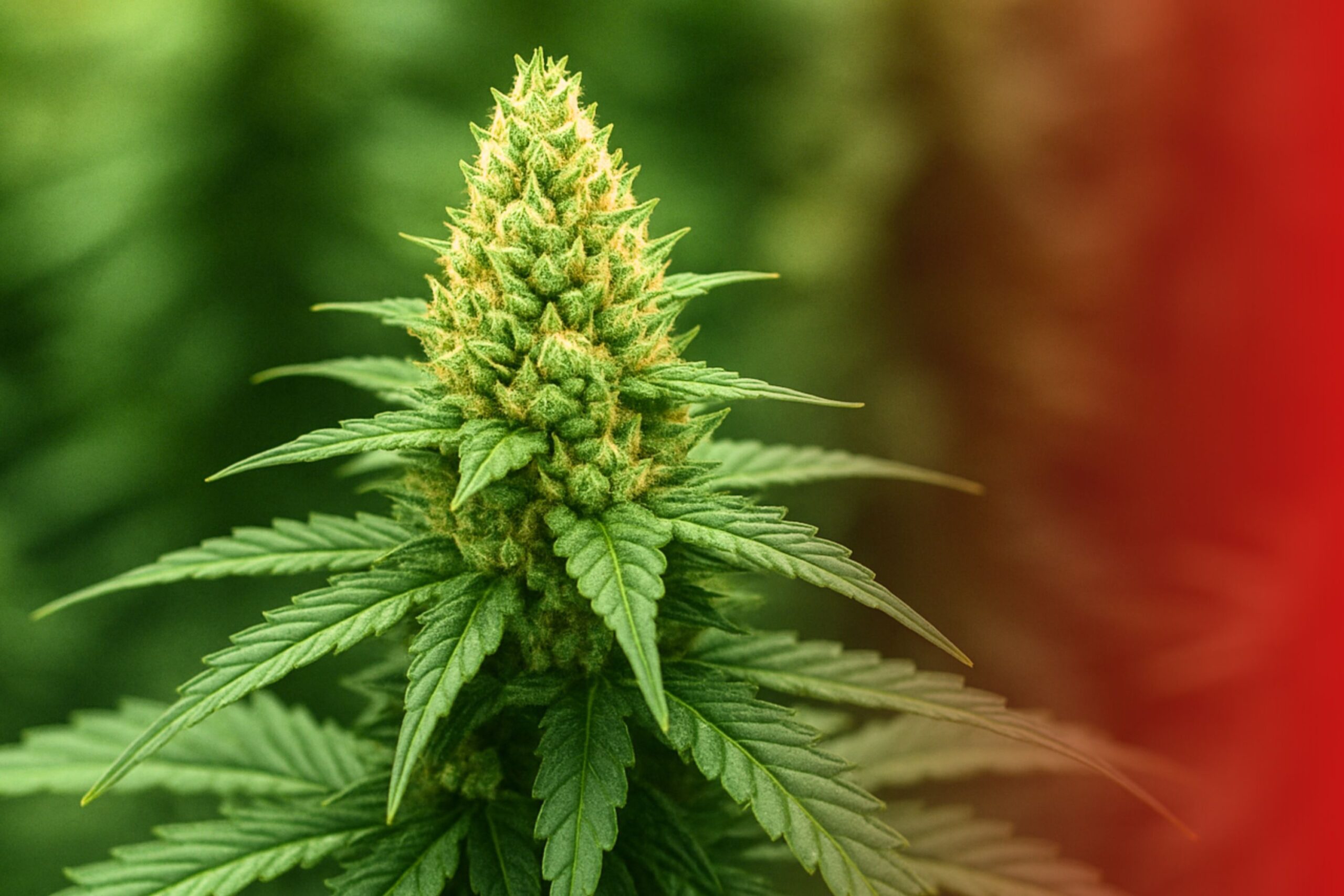
Apical dominance, a natural growth tendency of cannabis, is when the primary central stem, or apical meristem, grows stronger than lateral branches. Ideally suited in nature but not in most indoor grow rooms, this upright leaning makes plants grow tall with a Christmas-tree-like form.
Removing the main growing tip of a cannabis plant causes apical dominance to be purposefully disturbed. This hormonal imbalance promoted lateral growth by redistributing auxins, hence enabling side branches to reach the same height. Instead of one central cola, the outcome is a bushier, more laterally scattered plant with multiple large colas.
Conversely, untopped plants keep apical dominance and channel their energy into vertical development. Although such a strategy can produce a tall and graceful form with a single leading cola, it leads to underdeveloped lower growths and poor light penetration, hence lowering total yield in artificial illumination.
Advantages of Topping Cannabis Plants: More Yield Possibility
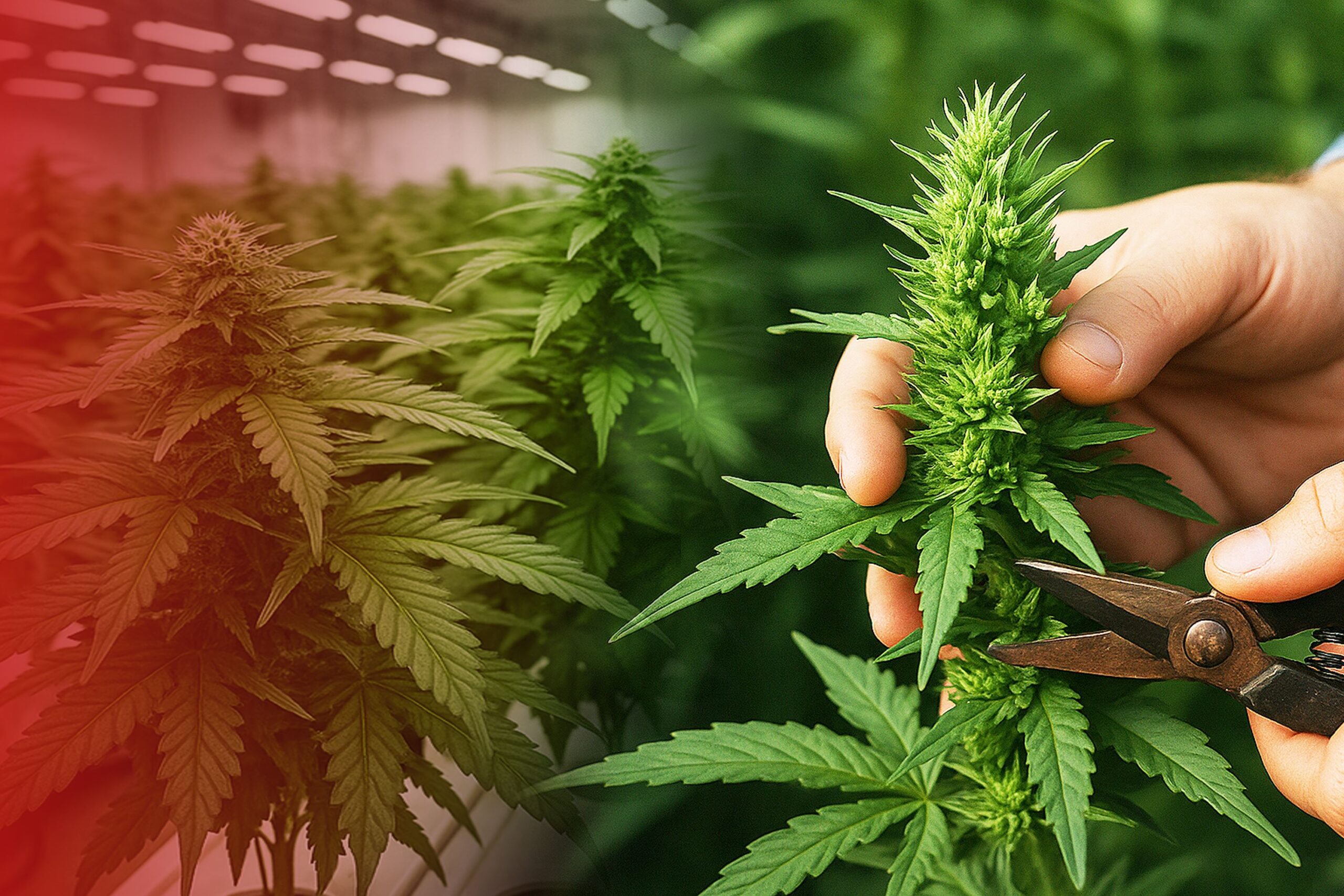
Topping weed plants generates several lead colas, hence raising the number of bud sites and total output. Topped plants can make the most of available horizontal space and light penetration when combined with training methods like LST (Low-Stress Training) or SCROG (Screen of Green).
Enhanced Airflow and Light Penetration
Topping a weed plant produces an even canopy by lowering vertical height and encouraging horizontal expansion. This structural change increases light transmission and allows for dense flower development in the bottom parts of the bud under sufficient PAR (Photosynthetically Active Radiation). Improved canopy ventilation also prevents pest infestations as well as mold and mildew development.
Maximized Space Use
Because they are easier to control in height and growth, topped plants also flourish inside. They will take up more light space without touching the ceiling or needing additional pruning in constrained vertical areas like tents or grow boxes.
Greater Structural Strength
The plant’s natural response to topping is the thickening of stems and branches to accommodate the new growth habit. Topped plants with this extra mechanical support can support larger buds during flowering time, thereby lessening the likelihood of snapping or collapsing under weight.
Disadvantages and Drawbacks of Topping Recovery Time and Vegetative Delay
While topping is quite gratifying, it has certain disadvantages. Recovery time is among the most important things to take into account. The plant needs to recoup and redevelop fresh growth points the minute apical meristem is severed. Depending on the state of the plant, the environment, and the topping timing, recovery time usually ranges from a few days to a week. At this time, the plant’s rate of growth may be slowed, and it could postpone the start of flowering.
Topping delay might not be perfect for time-sensitive grows, i.e., with limited vegetative growing windows. Growers could have to wait longer until the plant is sufficiently ready to go into the flowering stage, which would affect the general production and harvest time. Therefore, it is necessary to think about topping timing, making sure it is done early enough in the vegetative phase so recuperation can happen before the flowering period begins.
Infection and Stress Risk
Plant stress is another major downside of topping. Although topping is a sensitive kind of pruning, it is nonetheless a kind of high-stress training (HST). Improper technique could harm the plant or expose it to pathogens. Topping opens a wound at the top of the plant; unless hygienic practices are followed, germs can enter via these wounds and cause possible diseases or insects.
Topping weed can also result in stunted development if done incorrectly. A clean cut should be made using clean, sharp equipment to avoid harming the plant. Topping at the wrong development stage or cutting too much of the plant could hinder its growth or slow its recuperation, which could compromise output.
Inappropriate for Autoflowers
Genetically designed to flower after some time, autoflowering cannabis strains ignore the light cycle. Compared to photoperiod strains, these plants have a much shorter vegetative phase. Thus, they don’t respond well to topping, as the plant may bloom before it recovers from the stress.
Usually, low-stress training (LST) methods like bending or tying down branches are the preferred choice for autoflowering strains. These methods give more control over development without the danger of stunting and do not require cutting the plant. Although topping will boost yields on photoperiod plants, it may cause poorer general growth and yield on autoflowers.
Ideal Circumstances for Every Approach
When to Top Your Cannabis Plants
For indoor growers with photoperiod plants in a longer vegetative phase, topping is a perfect choice. The longer vegetative cycle gives the plant time to recover and generate robust lateral growth. Since it helps to break up the canopy into a smaller but more functional one, topping is particularly beneficial for growers wishing to maximize space and productivity in small rooms.
Topping plants would also be appreciated by seasoned growers who know how to train and heal plants. A well-done topping will, with appropriate timing, produce a better, more fruitful plant. However, topping should not be undertaken lightly. New growers or those with little expertise could choose not to top until they are skilled in other, less demanding training techniques, such as low-stress training (LST).
When Not to Top
Not all farmers or businesses should be top. Because they lack the prolonged vegetative cycle and cannot recuperate from the blooming delay induced by topping, autoflowering cannabis strains should not be topped. Outdoor guerrilla growers, who may have less environmental and pest management, will probably want to avoid topping as infection is brought in with it as an issue. Inexperienced growers may find the approach dangerous since wrong cuttings or timing could result in sickly plants or perhaps stunted growth.
Properly Topping a Cannabis Plant: A Step-by-Step Approach
- Select the Appropriate Moment: Let the plant grow at least 4–6 nodes. This guarantees a good root system and enough vegetative mass to absorb the shock.
- Use clean, disinfected scissors or blades to stop any infections.
- Remove the very tip of growth in a neat way by cutting the main stem just above the third or fourth node.
- Watch closely for indicators of stress and lateral growth development. During the recuperation phase, one must avoid cold temperatures, humidity, and poor nutrition.
Final Decision: Is Topping Really Worth It?
In the hands of knowledgeable cannabis producers, topping is a potent weapon. Executed properly, it maximizes space management, increases yield potential, and boosts light penetration. Before topping a plant, however, one should take the strain type, development environment, and expertise level into account. Topping is a very useful tool for indoor growers with photoperiod strains. For those with little experience or autoflower growers, however, other techniques, such as low-stress training, might be more suitable. Growers may guarantee their optimum production and develop stronger, healthier cannabis plants by learning the science of topping and using it wisely.
Frequently Asked Questions
1. Is it possible to top a cannabis plant several times?
Indeed, you can top cannabis plants multiple times during vegetative growth to initiate even more colas and branching. To prevent excessive stress on the plant, a recuperation time must follow each topping.
2. Does topping raise THC levels in cannabis?
Topping won’t raise THC levels directly, but it will improve general bud development and light exposure, which may help to more effectively produce cannabinoids under ideal circumstances.
3. How do topping and finishing differ?
While fimming trims about 75% of the tip and can generate four or more new colas with less consistent outcomes, topping eliminates the whole tip of the main stem to create two new main colas.
4. Should I top plants before transplanting or after?
Topping plants after transplanting and once they have completely recovered is preferable, as doing both at once could create too much stress and lower growth.
5. Does topping affect cannabis’s flowering cycle?
Particularly if done close to the conclusion of the vegetative stage, topping can somewhat postpone the flowering process since the plant has to recover and reroute its growth.






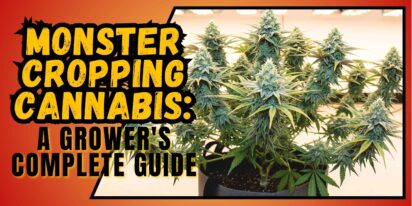
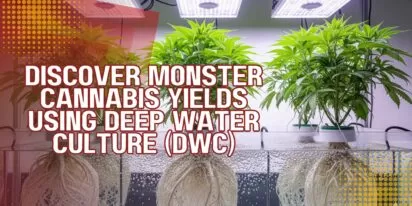



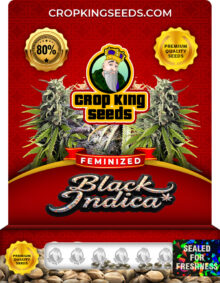
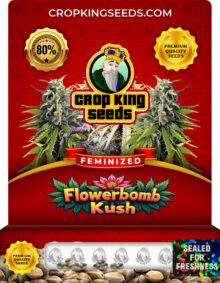
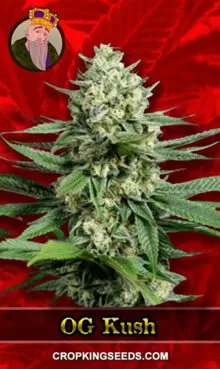
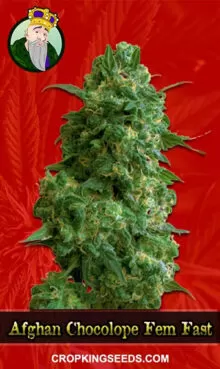
One Response
Appreciate it for this post, I am a big fan of this site would like to go along updated.